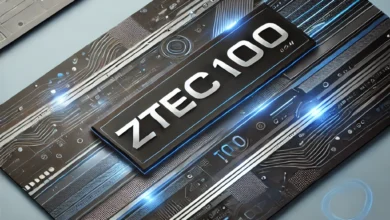4 Benefits of Getting a Tablet for Business
No matter what kind of business you run or are planning to start, chances are that you are going to need to buy some tech. These days, staying connected is more important than ever for business owners and with online businesses often more successful in comparison to brick-and-mortar companies, getting the right technology is crucial. You probably know that a good business laptop is a worthwhile investment to make, but should you get a tablet for your business? Here are some of the benefits that you might enjoy from using a tablet for running your business.
Portability
Compared to laptops and desktop computers, tablets are much more portable. If your business requires you to travel quite a lot, or you simply enjoy being able to go wherever you like and take your work with you, then Lenovo Business Tablets make a lot of sense. They are computers in their own right and can offer a lot of the same features you would expect from a laptop, but in a more compact size and with a lighter weight that’s much easier to fit in your bag and carry around.
Battery Life
Another reason why a tablet is a great choice for your business is that, compared to laptops, tablets often have better battery life. While there are certainly lots of great laptops on the market today in terms of battery life, tablets are smaller and use less resources, meaning that the battery on them often lasts longer, depending on what you’re using it for of course. They are also much easier to use with a portable charger compared to laptops, allowing you to go for longer without having to find somewhere to sit down and plug in.
Accessories
Tablets can come with a wide range of accessories that can make them even more useful to your business. Styluses can be an ideal option for taking notes or jotting down ideas on the go, or if you need to type, then you can get Bluetooth keyboards to turn your tablet into a laptop in seconds. If your business involves a lot of design work, or you’re doing your own graphic design then a high-resolution tablet that supports design software and accessories will give you much more creative freedom.
Apps
Finally, using a tablet for your business can give you access to many more apps compared to using a laptop. Many tablets run apps that you can download from the Google Play Store or the Apple App Store depending on the brand that you go for, allowing you to download and use apps that might not be available to run on laptop operating systems. You can also save money on software, since apps are often cheaper to download compared to paid laptop software programs offering the same features.
If you’re looking to buy some new tech to help you run your business, there are lots of reasons to get a tablet. From portability to a range of great features, a tablet can help you run your business in lots of handy ways.




